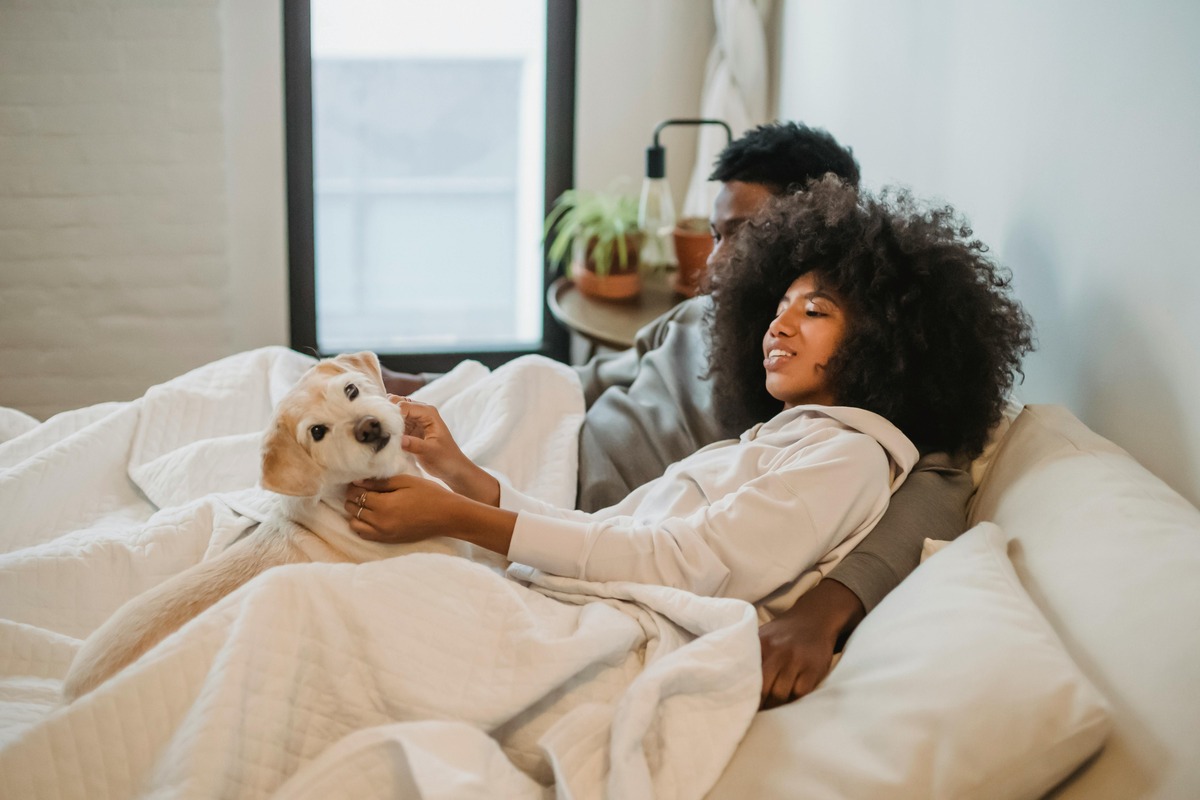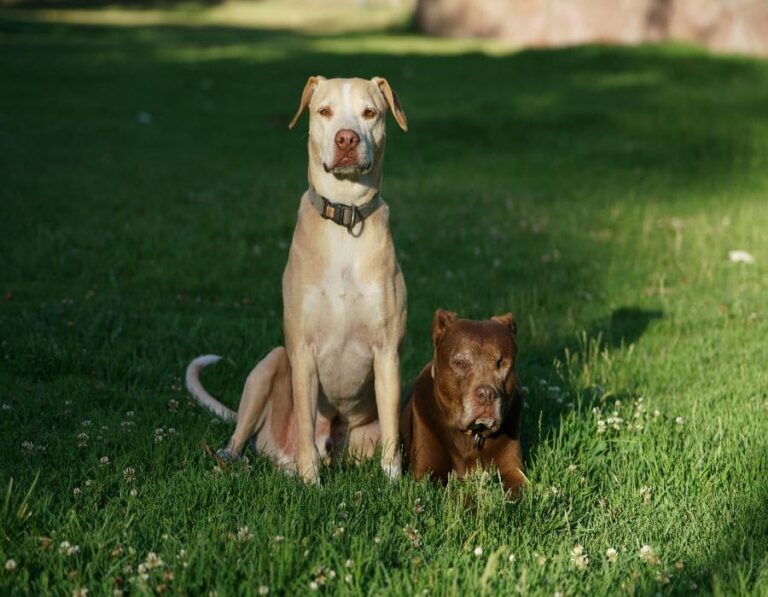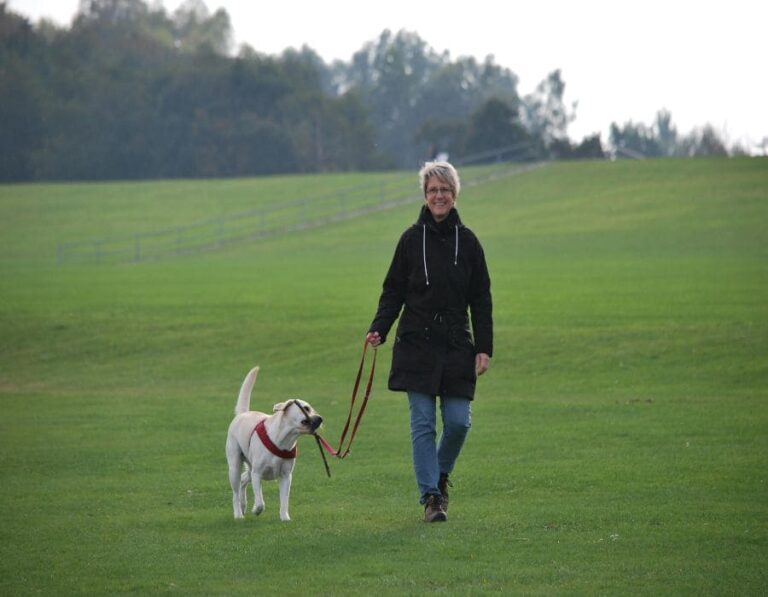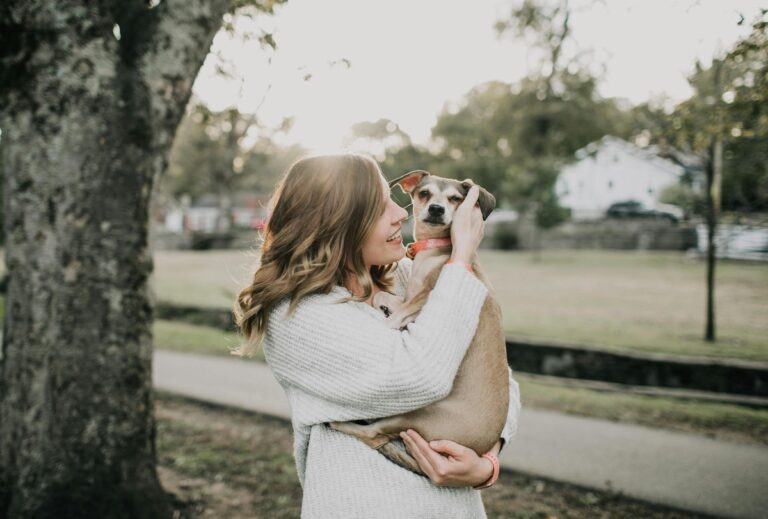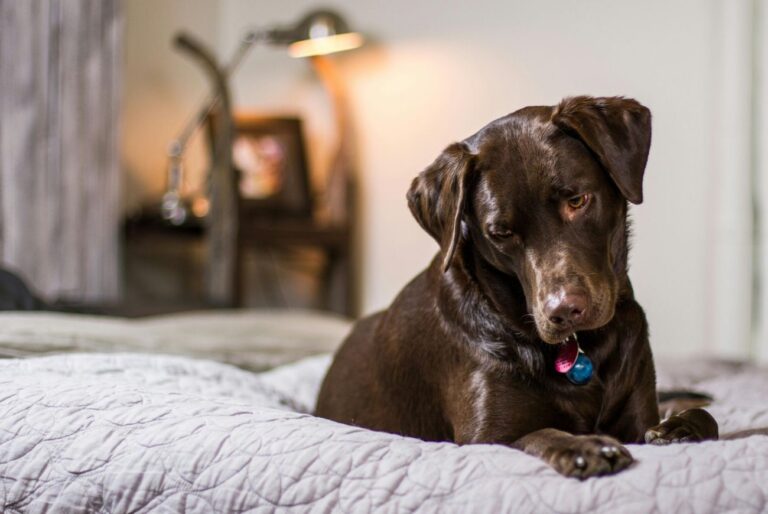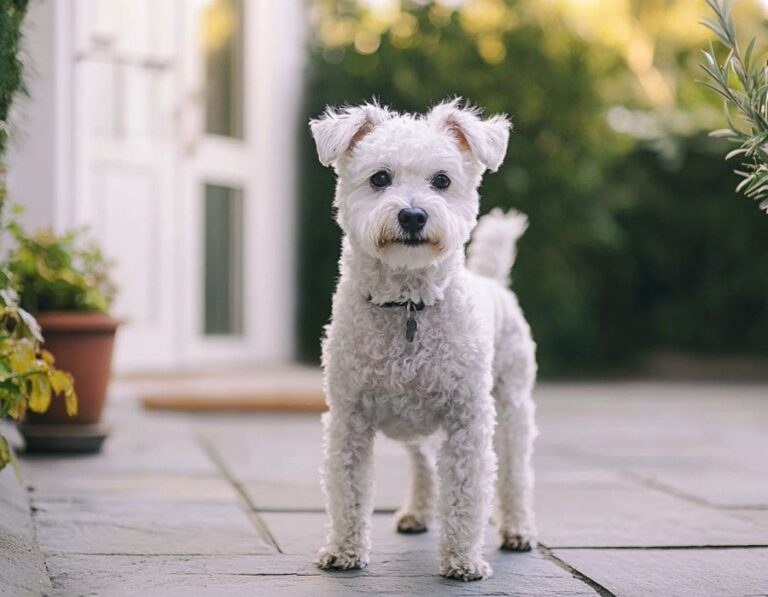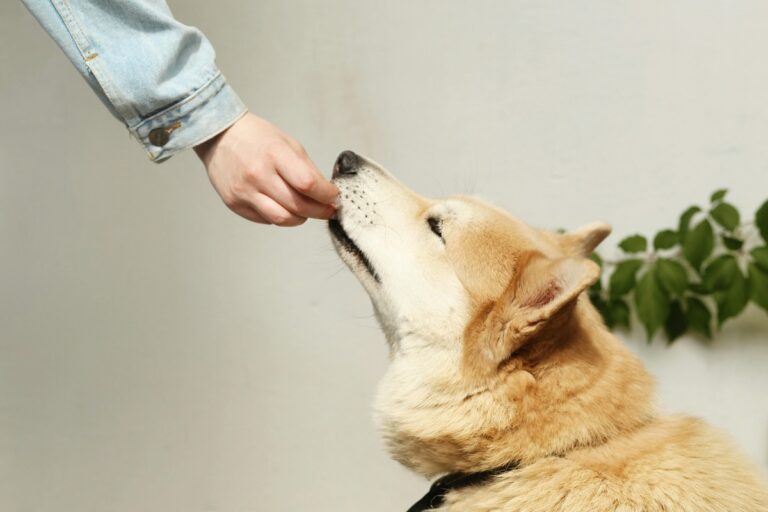15 Reasons Your Dog Hates Your Spouse and What To Do
Dogs are incredibly perceptive animals, often forming strong opinions about the people in their lives. While they typically adore their owners unconditionally, their feelings about a spouse or partner can sometimes be less than warm. From jealousy to fear, there are many reasons your dog might not get along with your significant other. Fortunately, with patience and the right approach, you can help your dog and spouse build a positive relationship.
Here are 15 reasons why your dog might dislike your spouse and actionable steps to foster peace in your household.
1. Your Dog Is Jealous
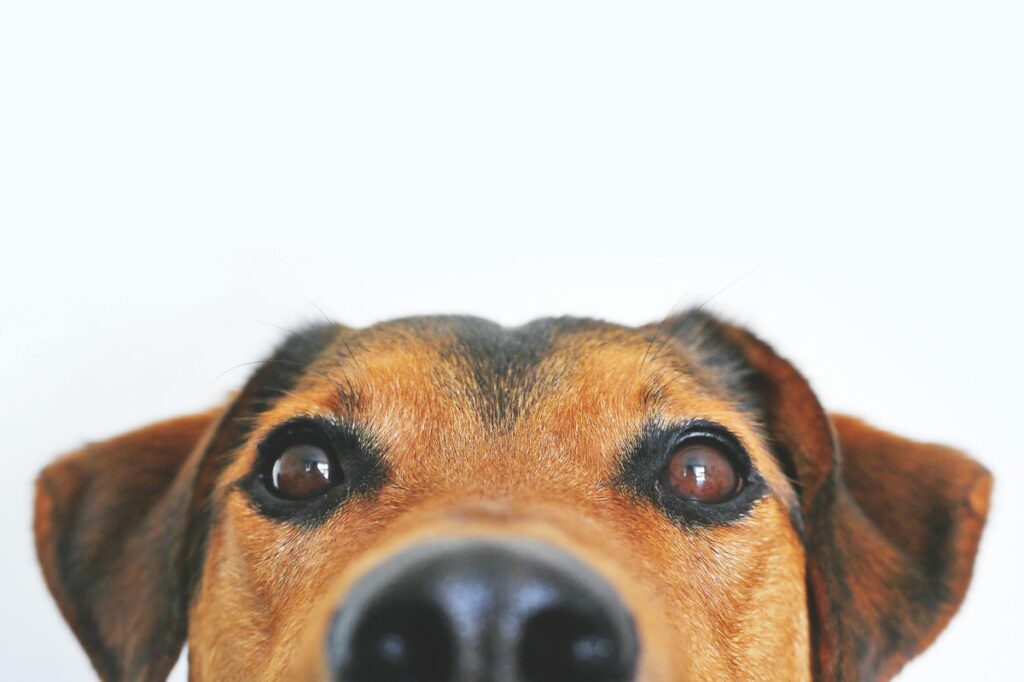
Dogs can feel jealousy, especially when their favorite human starts dividing their attention between them and someone else. If your spouse has entered the picture and started monopolizing your time, your dog might view them as competition.
What To Do: Dedicate specific one-on-one time to your dog each day. Whether it’s a walk, a play session, or simply snuggling on the couch, these moments reassure your dog that they still hold a special place in your life.
2. Your Spouse Smells Unfamiliar
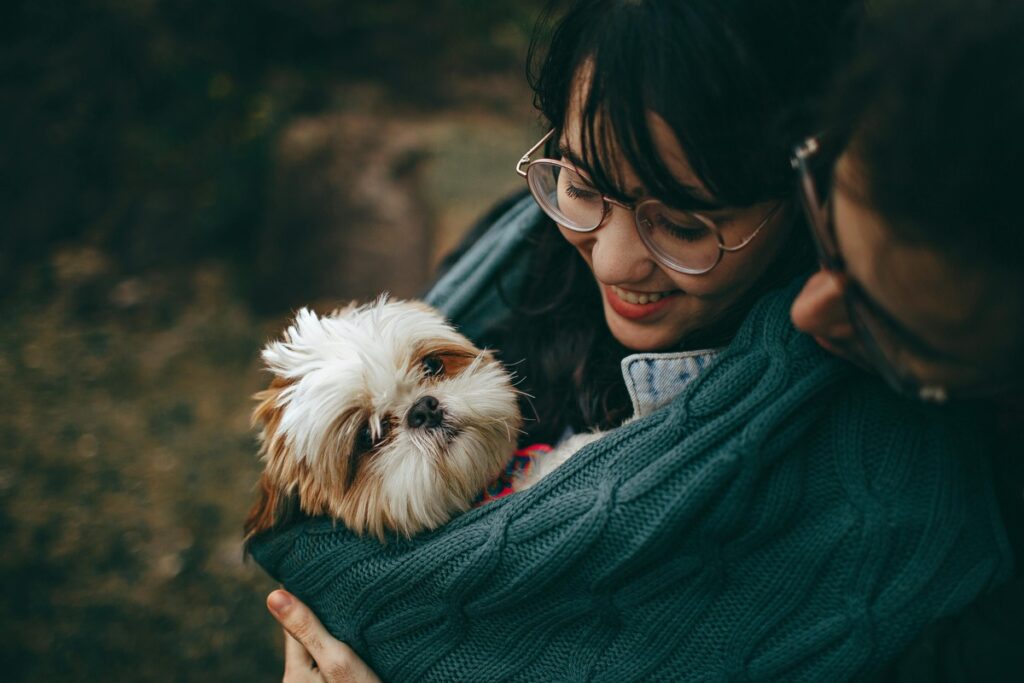
Dogs rely on their noses to understand the world, and an unfamiliar or unpleasant scent can put them on edge. If your spouse uses a strong perfume, aftershave, or detergent, your dog may instinctively recoil.
What To Do: Introduce your spouse’s scent in a non-threatening way. Have them wear one of your dog’s favorite blankets or offer a piece of clothing that smells like them, paired with positive reinforcement like treats.
3. Your Spouse’s Body Language Is Misinterpreted
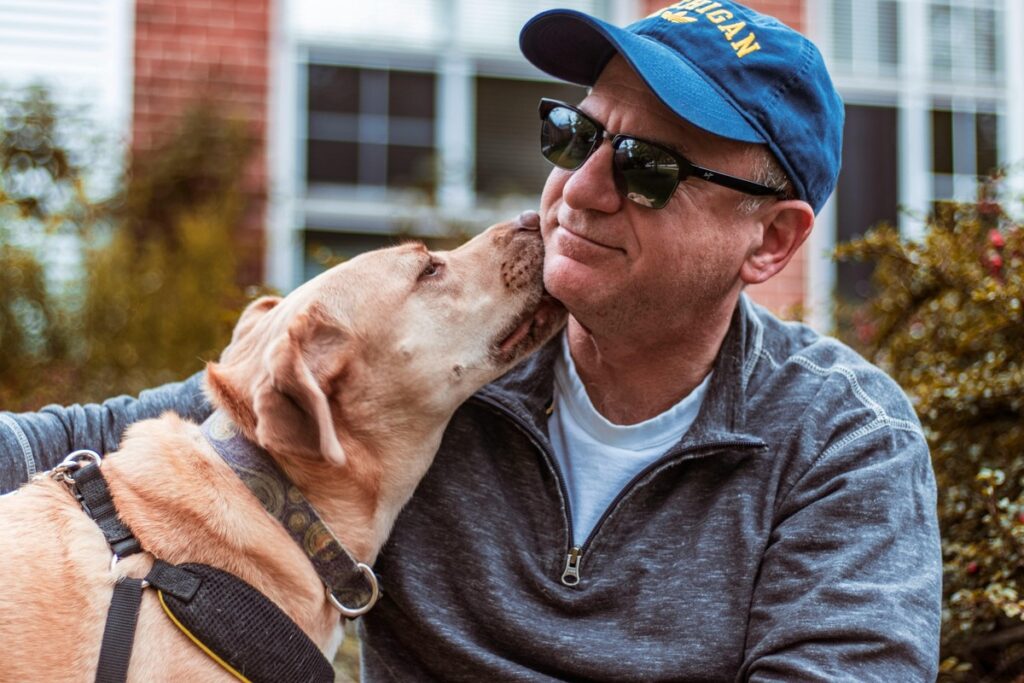
Dogs are masters at reading body language, but certain human gestures—like sudden movements, leaning over them, or prolonged eye contact—can be perceived as threatening.
What To Do: Teach your spouse to approach the dog calmly, avoid towering over them, and use a soothing voice. Sitting at the dog’s level and offering treats can also help build trust.
4. Past Negative Associations

If your dog has had a bad experience with someone who looks, sounds, or behaves like your spouse, they might associate those negative feelings with your partner.
What To Do: Help your dog replace these negative associations with positive ones. Encourage your spouse to offer treats, engage in gentle play, or participate in activities your dog enjoys.
5. Your Dog Is Protecting You
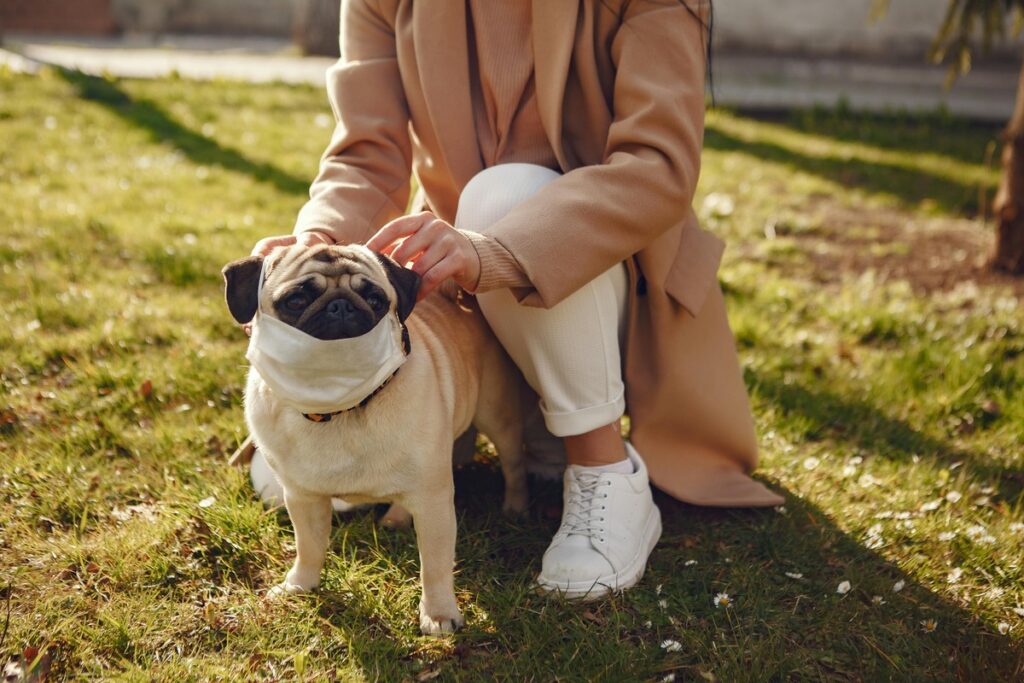
Dogs are naturally protective of their loved ones. If your dog perceives your spouse as a threat—whether real or imagined—they may act out to “defend” you.
What To Do: Show your dog that your spouse is trustworthy by displaying affection and calmness around them. Engage in activities as a trio, like walks or games, to reinforce the idea that your spouse is part of the pack.
6. Your Spouse Is Nervous Around Dogs
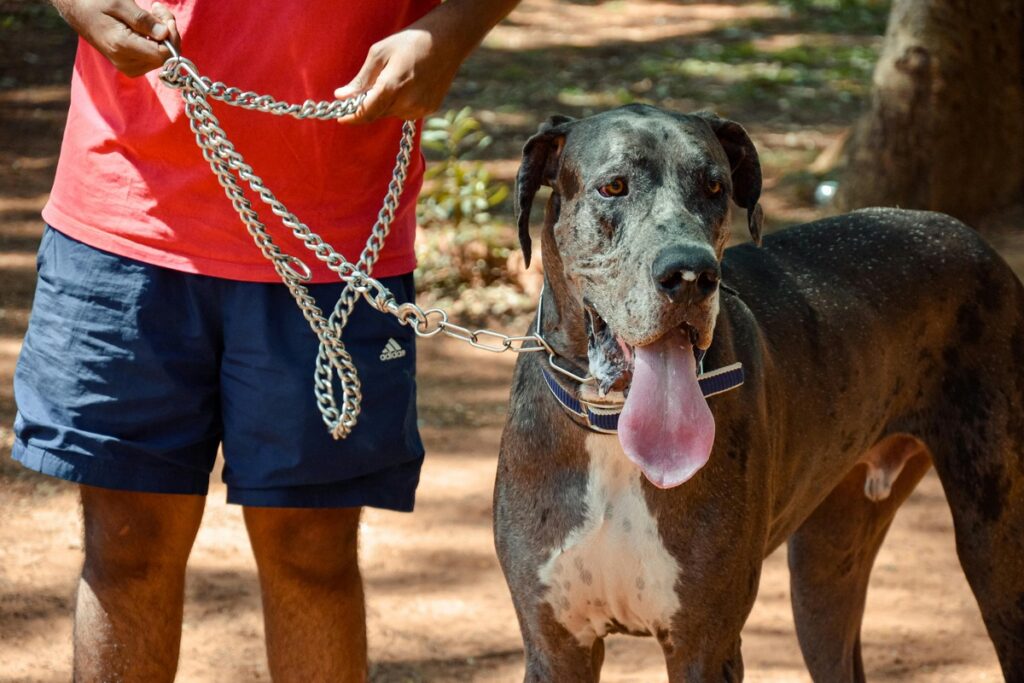
Dogs are highly attuned to human emotions. If your spouse feels nervous or uneasy, your dog might pick up on this and respond with fear or mistrust.
What To Do: Encourage your spouse to spend relaxed, low-pressure time near the dog. Reading aloud, offering treats, or sitting quietly in the same room can help your spouse appear more approachable to your dog.
7. Lack of Bonding Time
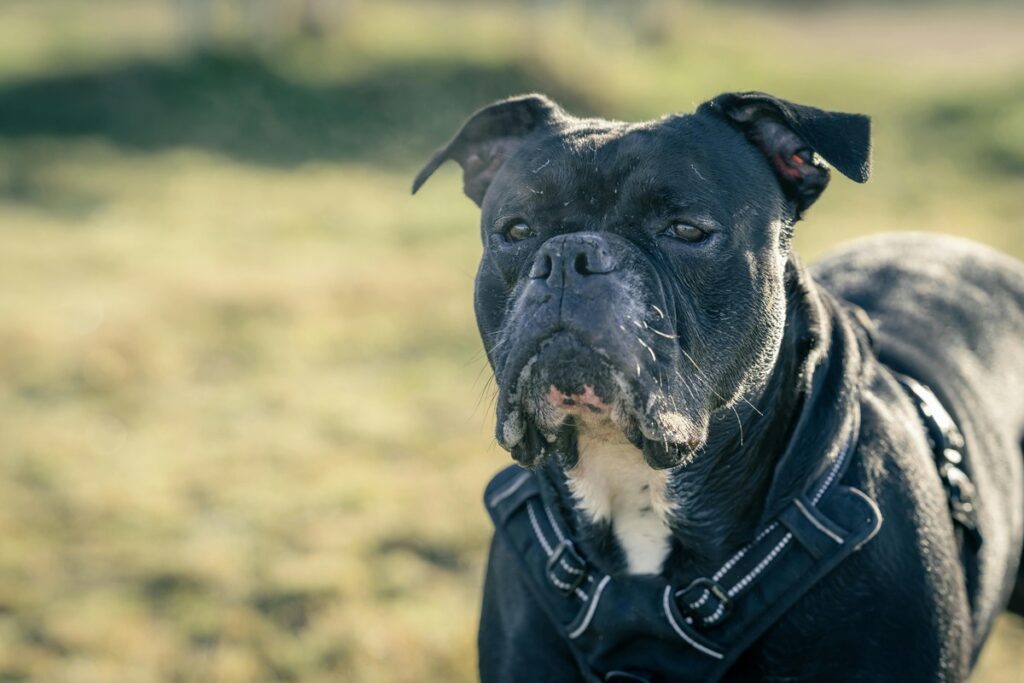
Your spouse and dog might simply need more opportunities to bond. Dogs form attachments through shared experiences, and a lack of interaction can create distance.
What To Do: Have your spouse take over some of the caregiving tasks, like feeding, walking, or playtime. These interactions help build trust and foster a sense of companionship.
8. Your Dog Is Set in Their Ways
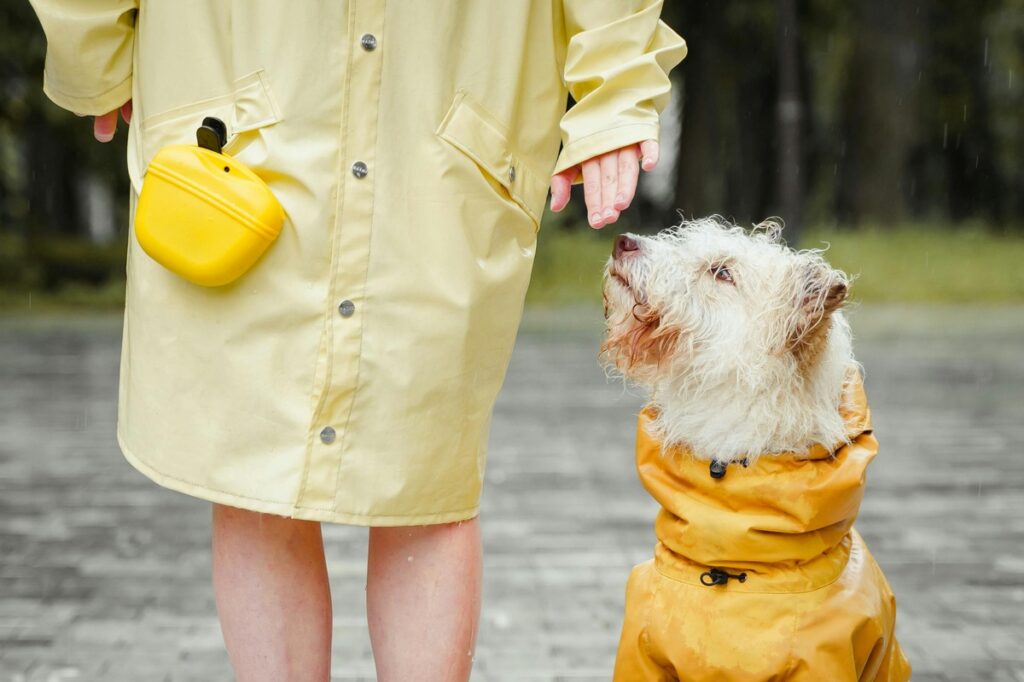
Older dogs, in particular, can be resistant to change. If your spouse is a new addition to their routine, they might struggle to adjust.
What To Do: Be patient and allow your dog to warm up at their own pace. Gradual introductions, consistent routines, and positive reinforcement will help ease the transition.
9. Your Spouse Raised Their Voice
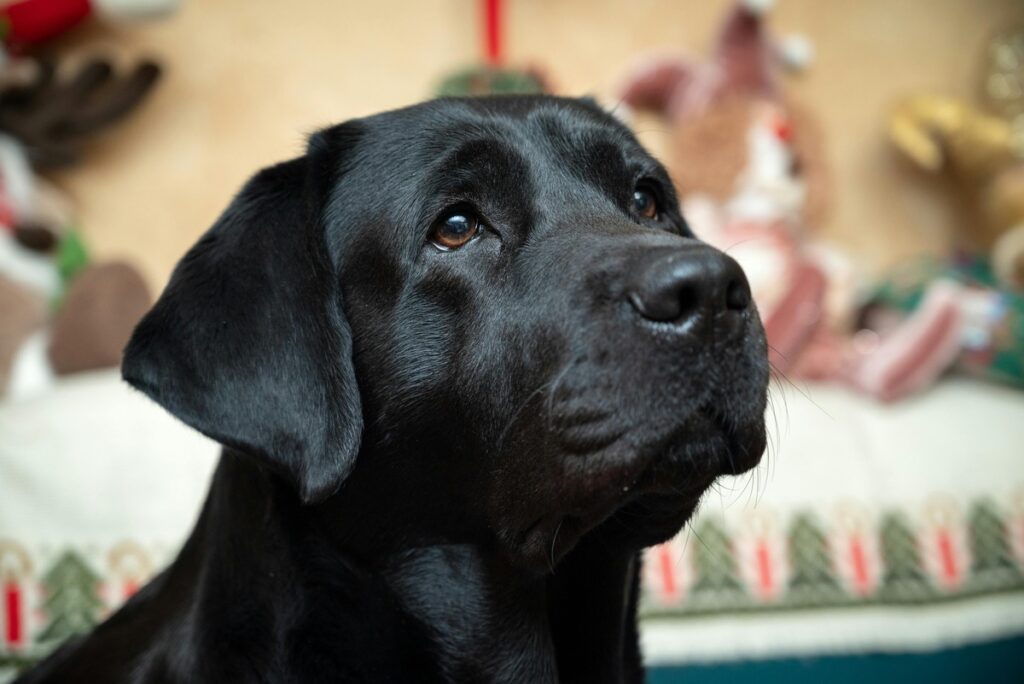
Dogs are sensitive to tone, and a raised voice—even if not directed at them—can make them anxious or fearful.
What To Do: Encourage your spouse to use a calm, soothing tone when speaking around the dog. If the dog witnessed a loud argument or shouting, reassure them with comforting gestures and a return to normal routines.
10. Your Dog Doesn’t Like Being Disciplined by Your Spouse
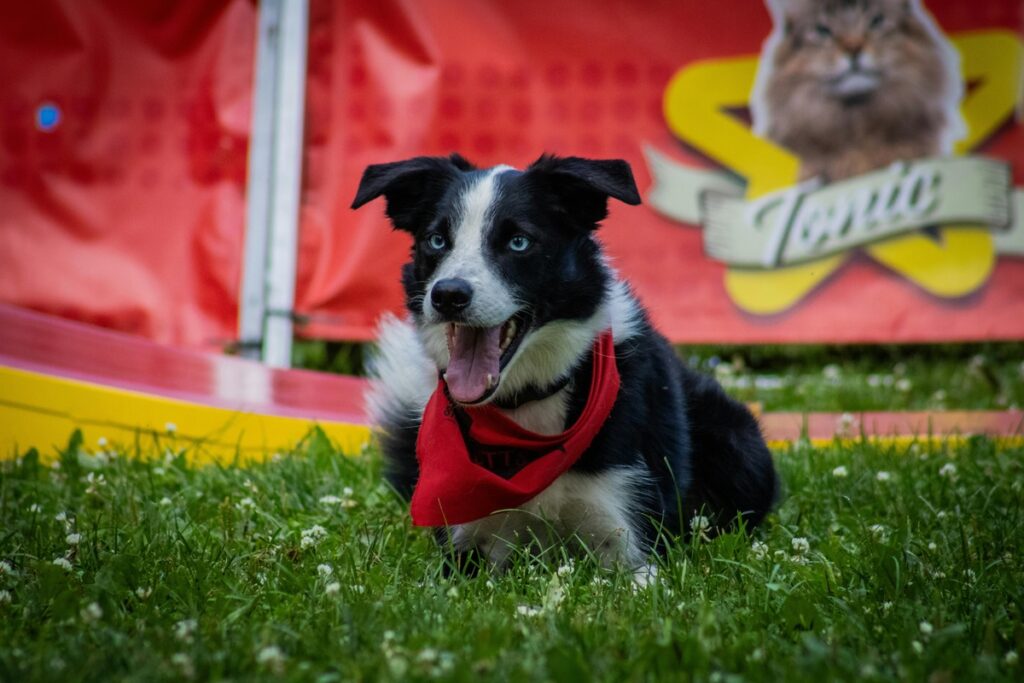
If your spouse tries to discipline the dog before forming a bond, the dog might see them as a threat rather than a trusted authority figure.
What To Do: Build trust before introducing discipline. Let your spouse focus on positive interactions, like offering treats or play, so the dog associates them with good experiences.
11. Your Spouse Takes Your Attention Away
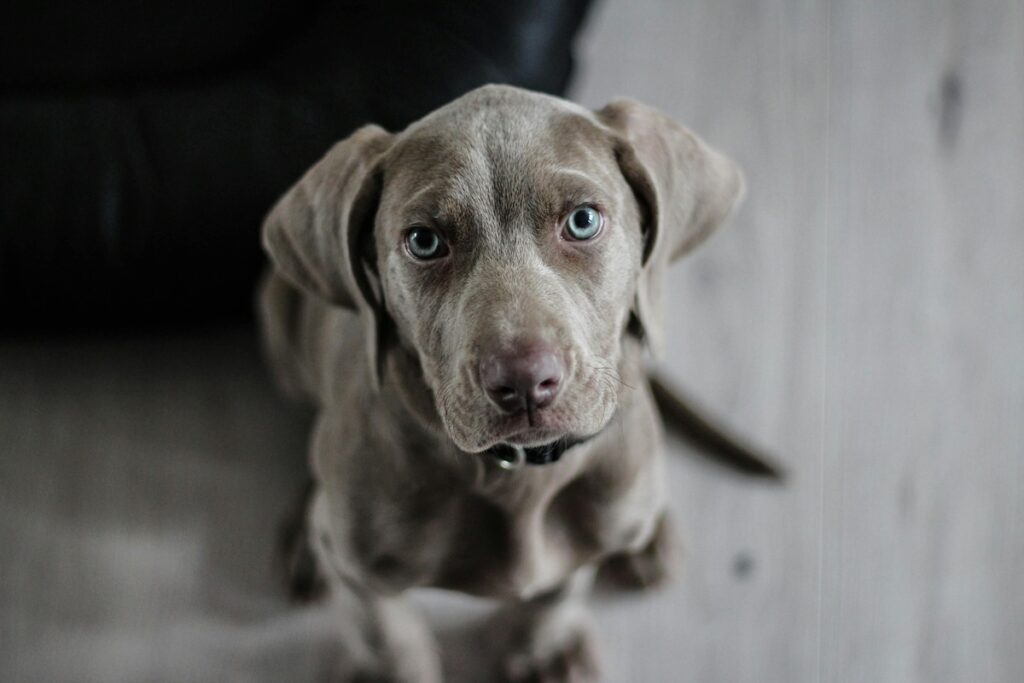
Dogs are creatures of habit, and if your spouse’s presence means less attention for your dog, they might resent the newcomer.
What To Do: Create shared bonding moments. Activities like family walks or group play sessions can help your dog feel included and reinforce their place in the family.
12. Your Dog Feels Left Out

If your spouse often engages in activities that exclude the dog, it can lead to feelings of isolation or jealousy.
What To Do: Encourage your spouse to include the dog whenever possible, whether it’s lounging together during movie night or inviting them to tag along for outdoor activities.
13. Your Spouse’s Energy Levels Don’t Match
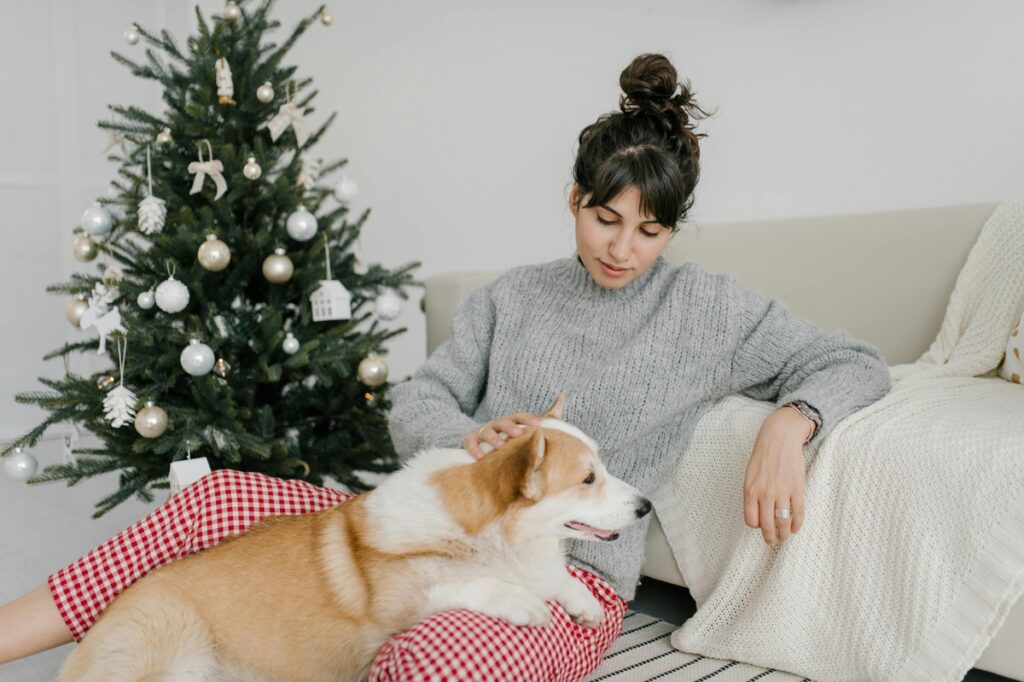
Some dogs prefer calm individuals, while others thrive with high-energy companions. If your spouse’s demeanor doesn’t align with your dog’s preferences, they might clash.
What To Do: Encourage your spouse to adapt to your dog’s energy level. If your dog is calm, let them approach slowly; if they’re active, engage in playful games.
14. Your Dog Is Afraid of Men/Women
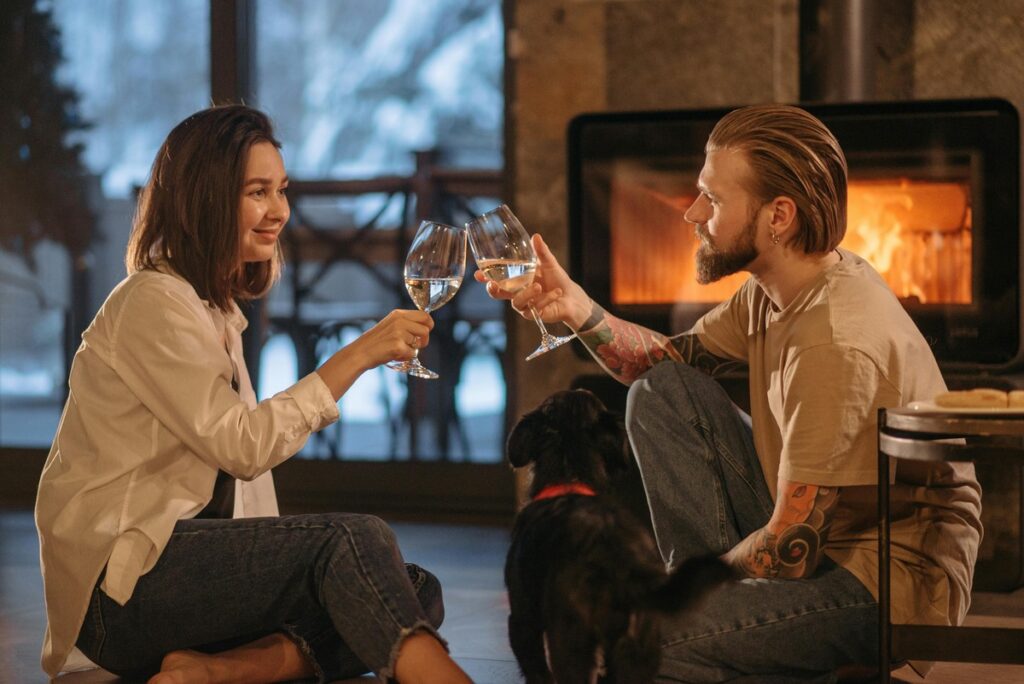
If your dog had a negative experience with someone of the same gender as your spouse, they might carry that fear into the new relationship.
What To Do: Use gradual, positive exposure to build trust. Let your spouse offer treats, play games, or simply be present during the dog’s favorite activities to show they mean no harm.
15. Your Dog Feels Confused by Mixed Signals
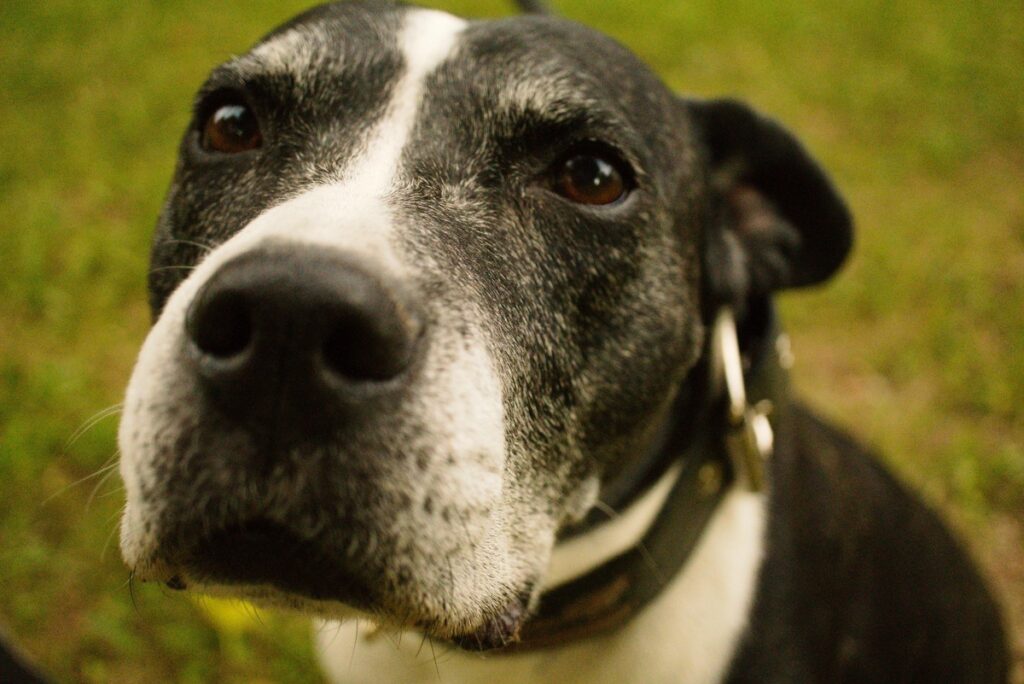
Inconsistent rules or behaviors can frustrate and confuse dogs, leading to mistrust. If your spouse enforces different rules than you do, your dog may struggle to adapt.
What To Do: Establish clear, consistent guidelines for interacting with the dog. Both you and your spouse should agree on rules, commands, and routines to create a sense of stability for your dog.
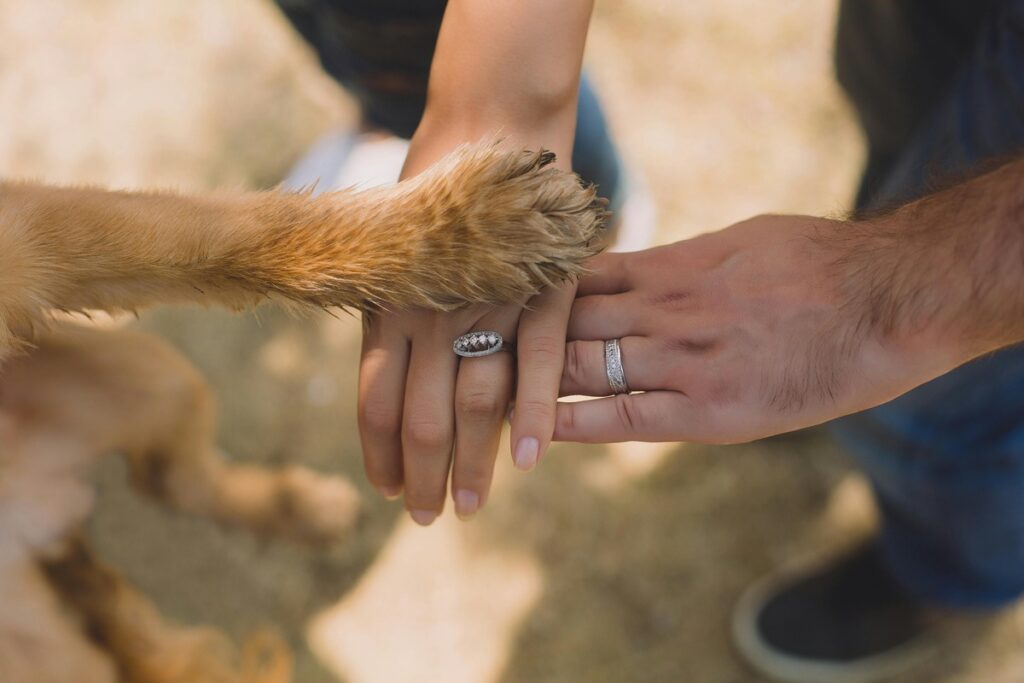
A dog’s dislike of a spouse can stem from a variety of reasons, but the good news is that most of these issues can be addressed with time, patience, and understanding. By identifying the root cause and working together as a team, you can help foster a positive relationship between your dog and your partner. With consistent effort, your dog can learn to love and trust your spouse as much as they do you.

